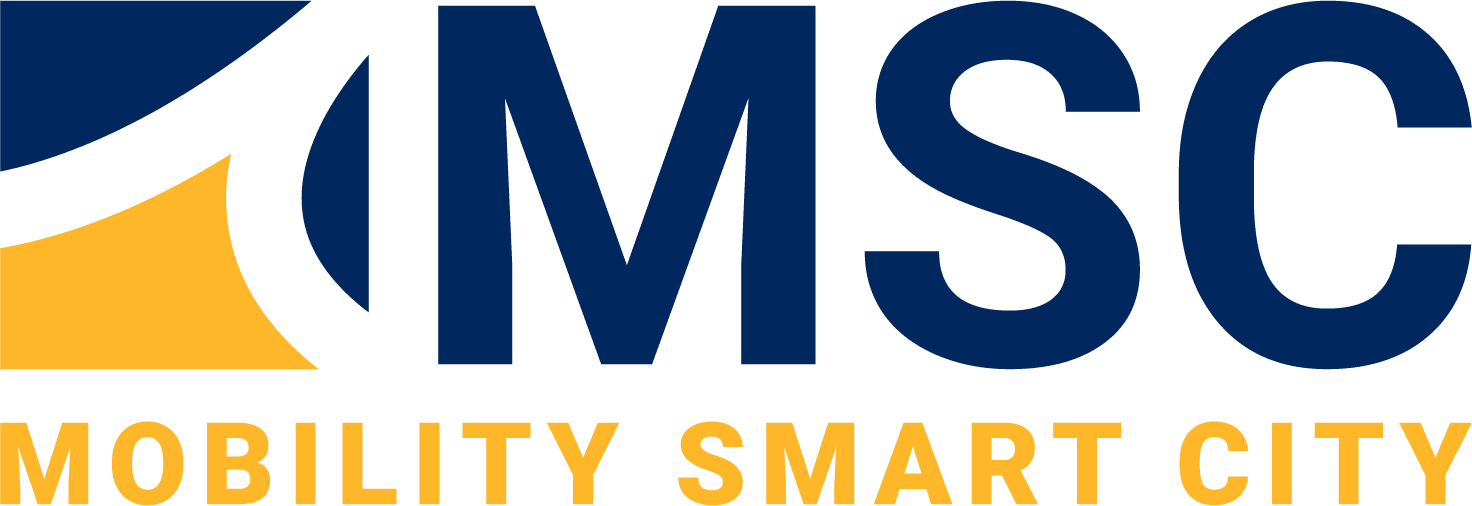Traffic Flow Optimization Adaptive Signal Control and Coordination
Intelligent traffic lights use real-time data, such as traffic volumes and congestion levels, to adjust signal timings dynamically. This adaptive control helps optimize traffic flow by allocating green time to the most congested directions, reducing delays, and improving the overall efficiency of the transportation network. These systems can synchronize signals at multiple intersections, creating green waves that allow vehicles to move through consecutive intersections without unnecessary stops. Improved coordination helps reduce travel times, fuel consumption, and emissions.
Reduced Congestion Dynamic Adjustment to Traffic Demand and Queue Management
Intelligent traffic lights can respond to variations in traffic demand throughout the day. During peak hours, signals can prioritize major traffic movements, while off-peak times may see adjustments to minimize waiting times at less busy intersections. Smart traffic lights can detect and manage queues, adjusting signal timings to prevent the formation of long lines at intersections. By minimizing congestion and waiting times, these systems contribute to a more efficient and user-friendly transportation experience.
Data-Driven Decision Making and Planning Traffic Analytics and Performance Monitoring
Intelligent traffic lights generate valuable data on traffic patterns, congestion levels, and vehicle movements. This data is instrumental in traffic analytics, allowing transportation authorities to make informed decisions about infrastructure planning, road improvements, and the allocation of resources. These systems enable the monitoring of the performance of traffic lights and intersections. By analyzing data on signal effectiveness and traffic conditions, authorities can identify areas for improvement and implement changes to enhance overall traffic management.
